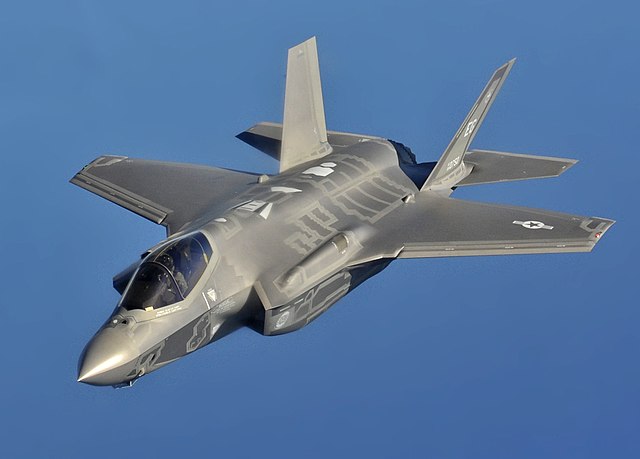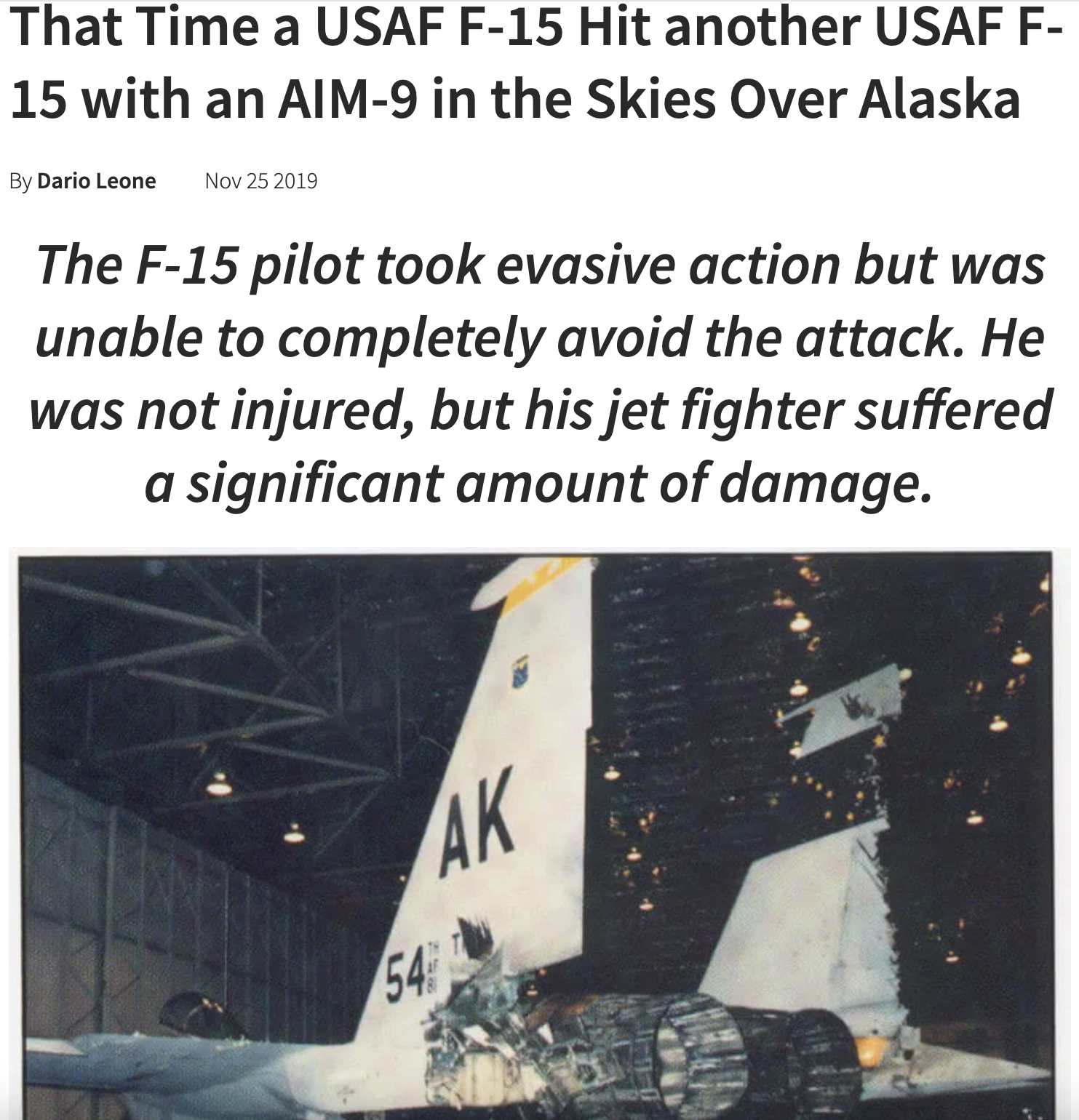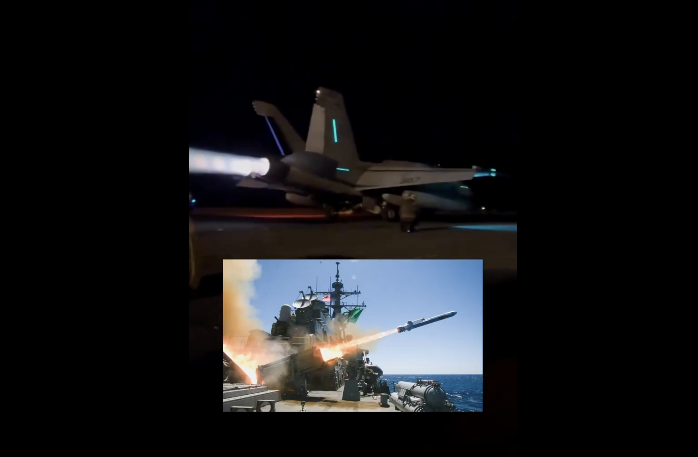
The F-35 fighter is the most advanced tactical aircraft currently in production anywhere. Its low-observable (“stealth”) features give the plane a radar signature similar to that of a steel golf ball, and its onboard sensor fusion gives the pilot unprecedented situational awareness.
Designed to perform a diverse array of missions, from air-to-air combat to precision bombing to radar jamming to intelligence gathering, the F-35 is so capable that 16 countries have signed up to buy it—and more will follow.
However, the F-35 needs to maintain its fighting edge over potential enemies through 2070. No matter how imaginative its original configuration may have been, periodic upgrades of the fighter’s technology will be required. The upgrades are needed not only to perform new missions, but to assimilate better technology for accomplishing existing tasks...
To read more visit Forbes.
























